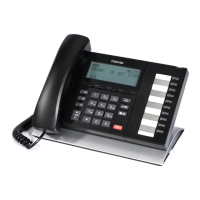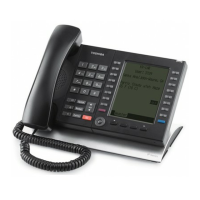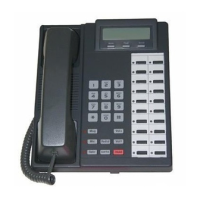ALARM NOTIFICATION Temperature Failure
Installation Manual June, 2011 15-3
ALARM NOTIFICATION The IPedge server can generate SNMP messages in response to
specified alarm conditions.
• Server Component stopping automatically
• Server Component stopped manually
• Server Component restart
• Server chassis fan failure (Low fan speed)
• Hardware Clock failure
• Temperature too high
• Power Supply failure (EM server only)
• LAN failure
Temperature Failure There are three temperature messages.
• If the server temperature exceeds threshold 1, the BMC sends an
SNMP trap packet.
• If the server temperature exceeds threshold 2, the BMC sends an
SNMP trap packet and shutdowns the server.
• If the server temperature exceeds threshold 3, the BMC shutdowns
the server.
The thresholds shown above are for temperature failure detected by
BMC. Other than these, the server CPU itself has failure handling. One
way to handle the failure is an audible alarm tone in the server chassis
and the other is system shutdown.
Notification IP Address Up to three destinations can be defined for alarm notification.
1. Using Enterprise Manager select the IPedge server to configure.
2. Select Maintenance > System > Maintenance > Alarm
Notification.
3. Click on the New icon.
4. Enter the IP Address of the system to which the alarms will be sent.
5. In the Community Name field enter a character set that will be used
as authentication. This field does not have to refer to the Community
Name of any server.
6. Select the Alarms to generate a notification.
7. Click on OK.
Modify To modify an existing notification address:
1. Select the address to be modified.
2. Click on the Edit icon
3. Enter the new address.
Note: The first assignment will set the Community Name for all alarm
notification addresses. The community name can be changed, all
notification addresses will change to the new community name.

